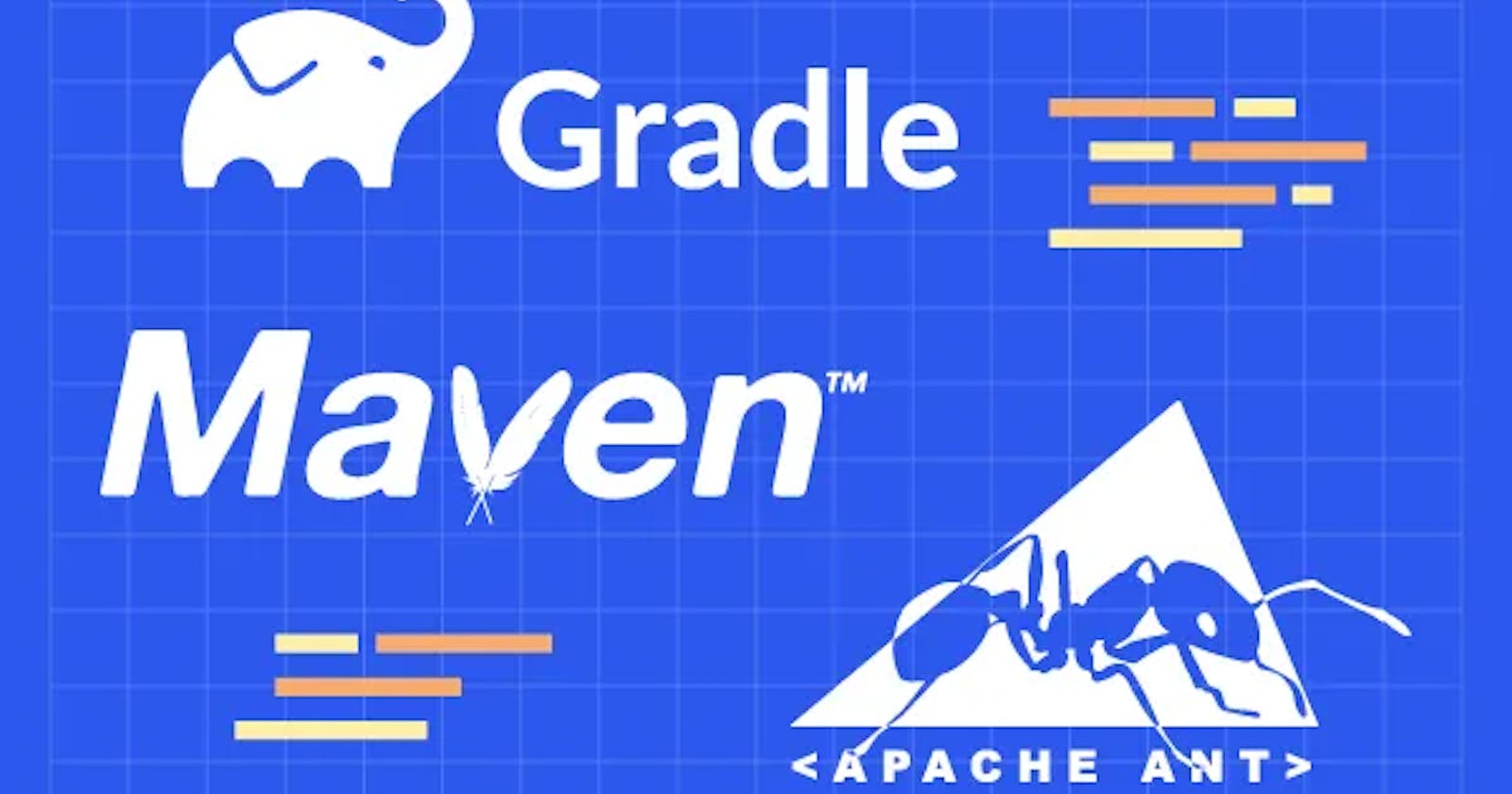Table of contents

In software development, an “ant dependency” refers to a software library or module that is required by a project and is managed by the Apache Ant build tool. Apache Ant is a software tool used for building and deploying Java applications, and it is often used in conjunction with other tools like Apache Maven and Gradle.
Ant can also be used effectively to build non-Java applications, for instance C or C++ applications.
In an Ant build script, developers can specify the dependencies that their project requires. These dependencies can include libraries or modules that the project uses to function correctly, such as external APIs, database drivers, or other software components. Ant will then automatically download these dependencies from a repository, such as Maven Central, and include them in the build process.
Managing dependencies with Ant helps to ensure that a project is using the correct versions of required software components and can simplify the build process by automatically handling the downloading and integration of external dependencies.
Add new dependency to the ant project.
To add a new dependency to an Apache Ant project, you will need to update the build.xml file for your project.
Step-by-step guide
Identify the dependency you want to add and its version number.
Find the appropriate repository for the dependency. In most cases, you will want to use a public repository like Maven Central or JCenter. If the dependency is not available in a public repository, you will need to host it in your repository.
Add the
ivythe task to your Ant build script. This task is responsible for downloading and managing dependencies. You can add theivytask to theprojecttag in yourbuild.xmlfile.Open the
build.xmlfile in your project and make sure theivythe task is defined in yourprojecttag. If it's not, add the following line to yourprojecttag.
<project xmlns:ivy="antlib:org.apache.ivy.ant"></project
- Define the
ivysettings.xmlfile in yourbuild.xmlfile. Theivysettings.xmlthe file specifies the repository to use for downloading dependencies. You can define theivysettings.xmlfile in yourprojecttag as follows.
<ivy:settings file="ivysettings.xml" />
Here is an example
ivysettings.xmlfile that can be used in an Apache Ant project.
<ivysettings>
<settings defaultResolver="main"/>
<credentials host="my.artifact.repository.com" username="myusername" password="mypassword"/>
<resolvers>
<ibiblio name="main" m2compatible="true"/>
<url name="myrepo" m2compatible="true">
<artifact pattern="https://my.artifact.repository.com/repo/[organisation]/[module]/[revision]/[artifact]-[revision](-[classifier]).[ext]"/>
</url>
</resolvers>
<modules>
<module organisation="com.example" name="myproject" resolver="myrepo"/>
</modules>
</ivysettings>
- Create a new
targetin yourbuild.xmlthe file that runs theivy:resolvetask
<target name="resolve" description="Download dependencies">
<ivy:resolve/>
</target>
Open a terminal or command prompt and navigate to the directory containing your
build.xmlfile.Run the
ant resolvecommand to download the Ivy dependencies
ant resolve
- Wait for the command to complete. Ant will download all the dependencies specified in your
ivy.xmlfile and place them in the local Ivy cache
Here is an example
build.xmlfile that can be used to build a Java project with Apache Ant and resolve its dependencies using Ivy.
<project xmlns:ivy="antlib:org.apache.ivy.ant"
name="MyProject"
default="build">
<!-- Define properties -->
<property name="src.dir" value="src"/>
<property name="build.dir" value="build"/>
<property name="lib.dir" value="lib"/>
<!-- Define ivy task -->
<target name="init-ivy">
<mkdir dir="${user.home}/.ivy2"/>
<ivy:settings file="ivysettings.xml"/>
</target>
<!-- Resolve dependencies -->
<target name="resolve" depends="init-ivy">
<ivy:resolve/>
<ivy:report todir="${build.dir}/ivy"/>
</target>
<!-- Compile source code -->
<target name="compile" depends="resolve">
<mkdir dir="${build.dir}/classes"/>
<javac srcdir="${src.dir}" destdir="${build.dir}/classes" includeantruntime="false">
<classpath>
<path refid="classpath"/>
</classpath>
</javac>
</target>
<!-- Create jar file -->
<target name="jar" depends="compile">
<mkdir dir="${build.dir}/jar"/>
<jar destfile="${build.dir}/jar/MyProject.jar" basedir="${build.dir}/classes">
<manifest>
<attribute name="Main-Class" value="com.example.MyMainClass"/>
</manifest>
</jar>
</target>
<!-- Define classpath -->
<path id="classpath">
<fileset dir="${lib.dir}">
<include name="*.jar"/>
</fileset>
<pathelement path="${build.dir}/jar/MyProject.jar"/>
</path>
<!-- Build target -->
<target name="build" depends="jar">
<echo message="Build complete!"/>
</target>
</project>
To customize this build.xml file for your project, you will need to modify the name property, the src.dir, build.dir, and lib.dir directories, and the Main-Class value in the manifest tag. You may also need to add additional targets, such as a clean target to delete the build directory or a test target to run unit tests
Happy Coding…✌️

